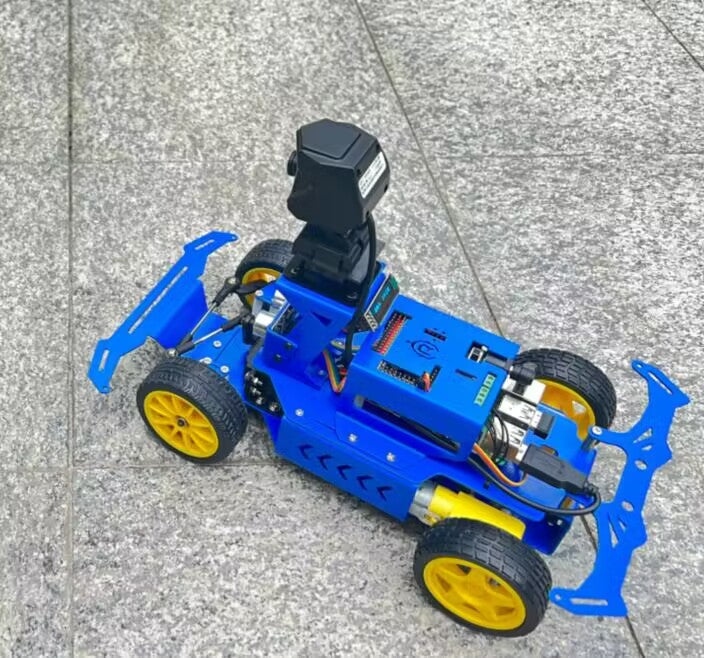With the rapid development of electronic information technology and the continuous advancement of automation technology, programmable intelligent educational robots are increasingly used in the field of education. This type of robot integrates advanced programming technology, sensor technology, control theory and artificial intelligence algorithms, bringing revolutionary changes to the modern education model. This article will discuss the research background, key technologies, application status and future prospects of programmable intelligent educational robots.
1. Research background
In recent years, the global education field is facing huge challenges and opportunities. Traditional education models tend to focus on instilling knowledge while ignoring students’ individual differences and the cultivation of innovative abilities. At the same time, with the advent of the information age, the ways of acquiring knowledge and learning models are also undergoing profound changes. The channels through which people obtain information have changed from paper to various electronic ones, and the categories of information obtained are becoming wider and wider. In this context, programmable intelligent educational robots have emerged. They can not only provide targeted and personalized learning experiences, but also cultivate students' innovative thinking and practical abilities.
2. Key technologies
Programming technology: Programmable intelligent educational robots have flexible programming capabilities to adapt to different learning tasks and teaching goals. This usually involves the use of high-level programming languages, such as Python, C++, etc. Of course, it is aimed at beginners. The graphical programming interface is designed to make it easy for non-professionals to get started.
Sensor technology: Programmable robots currently on the market are equipped with various sensors, such as cameras, infrared sensors, ultrasonic sensors, sound sensors, etc., to obtain environmental information and provide real-time feedback. These sensors can not only help robots sense the external environment, but also provide students with a more intuitive learning experience.
Control theory: The motion control of a robot is the key to realizing its function. By applying modern control theories, such as human-computer interaction control, neural network control, etc., precise control and stable operation of robots can be achieved.
Artificial Intelligence Algorithms: The application of artificial intelligence algorithms in robots, such as machine learning, deep learning, etc., enables robots to have the ability to learn independently and continuously evolve. This can not only improve the intelligence level of the robot, but also provide students with more intelligent learning partners.
3. Application status
At present, programmable intelligent educational robots have been widely used in education fields of all ages. In kindergarten, educational robots can stimulate children's interest in learning through interactive games, story telling, etc. In primary and secondary schools, educational robots can assist students in learning mathematics, physics and other subjects, and provide personalized tutoring and feedback. At the university and graduate levels, educational robots can serve as research assistants and participate in complex tasks such as scientific experiments and data analysis.
4. Future Outlook
With the continuous advancement of technology and the deepening of application, programmable intelligent educational robots will usher in broader development prospects. In the future, we can look forward to the following developments:
Technological innovation: With the continuous innovation of electronic information technology and automation technology, the functions and performance of educational robots will be further improved. For example, by introducing more advanced sensors and algorithms, robots will be able to more accurately perceive students' needs and emotional changes, providing a more personalized learning experience.
Interdisciplinary integration: Educational robots will not only be simple applications of electronic information and automation technology, but will also be deeply integrated with education, psychology, sociology and other disciplines. This interdisciplinary research and application will help improve the educational value and social influence of educational robots.
Popularization trend: As educational robot technology continues to mature and costs decrease, they will gradually enter more schools and families. This will allow more students to benefit from the convenience and advantages of smart education and promote educational equity and quality improvement.
Intelligent upgrade: With the continuous development of artificial intelligence technology, the intelligence level of educational robots will be further improved. Educational robots in the future will be able to learn independently, continuously evolve, and form a closer cooperative relationship with human teachers to jointly promote the progress and development of education.
To sum up, programmable intelligent educational robots, as outstanding representatives of electronic information and automation technology, are bringing profound changes and unlimited possibilities to the field of modern education. We look forward to these robots playing a greater role in the coming days and contributing more wisdom and power to human education.

